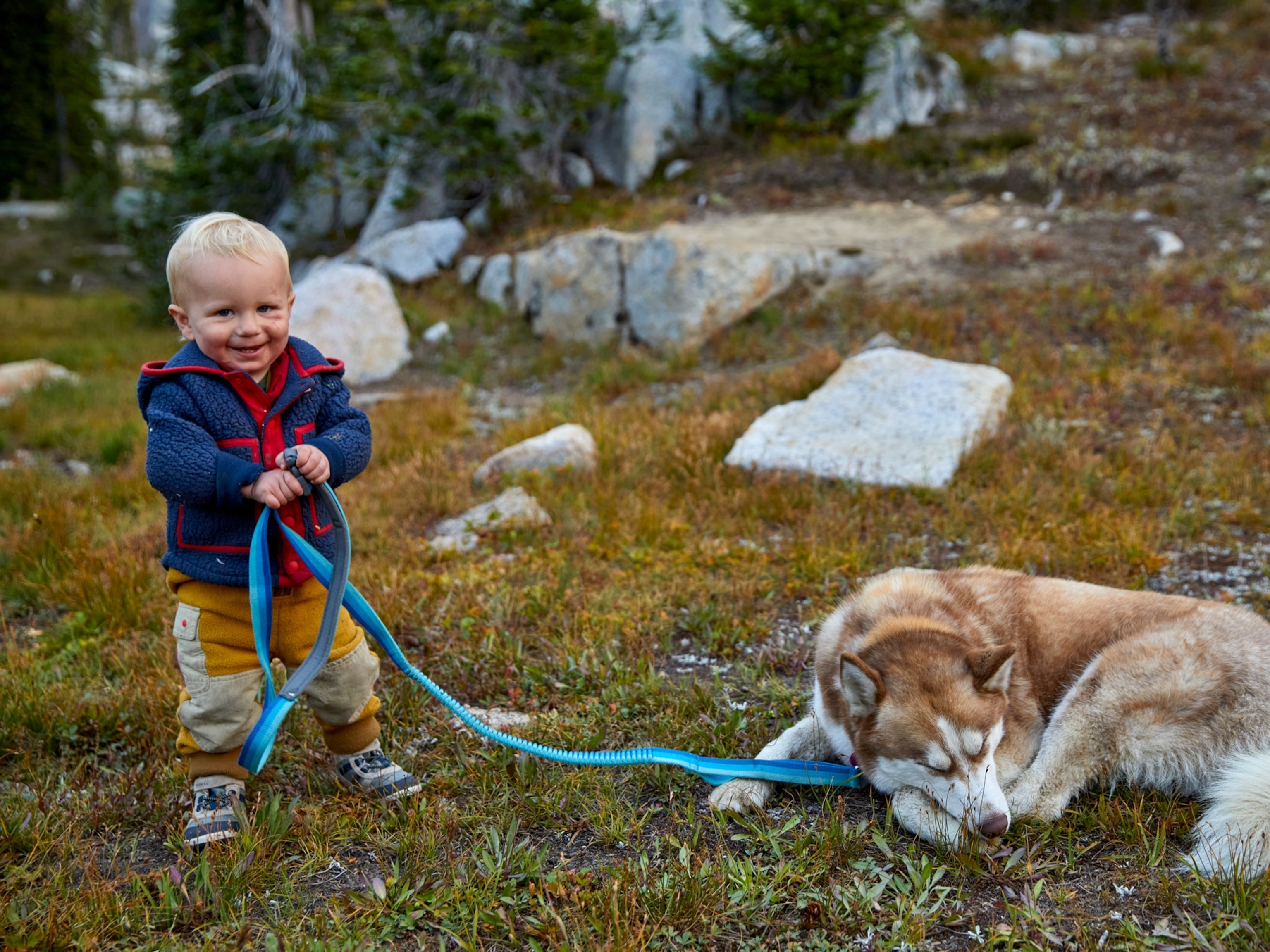
World's Oldest Purse Found—Studded With a Hundred Dog Teeth?
"It seems to have been very fashionable at the time."
The world's oldest purse may have been found in Germany—and its owner apparently had a sharp sense of Stone Age style.
Excavators at a site near Leipzig (map) uncovered more than a hundred dog teeth arranged close together in a grave dated to between 2,500 and 2,200 B.C.
According to archaeologist Susanne Friederich, the teeth were likely decorations for the outer flap of a handbag.
"Over the years the leather or fabric disappeared, and all that's left is the teeth. They're all pointing in the same direction, so it looks a lot like a modern handbag flap," said Friederich, of the Sachsen-Anhalt State Archaeology and Preservation Office.
(Related: "World's Oldest Leather Shoe Found—Stunningly Preserved.")
The dog teeth were found during excavations of the 250-acre (100-hectare) Profen (map) site, which is slated to become an open-pit coal mine in 2015.
So far the project has uncovered evidence of Stone and Bronze Age settlements, including more than 300 graves, hundreds of stone tools, spear points, ceramic vessels, bone buttons, and an amber necklace.
Thousands of finds from later periods—including the grave of a woman buried with a pound (half a kilogram) of gold jewelry around 50 B.C.—have also turned up.
Even among such a rich haul, the purse is something special, according to Friederich, who managed the excavation project. "It's the first time we can show direct evidence of a bag like this."
(Pictures: the evolution of dogs.)
Fierce Fashion
As rare as the dog-tooth handbag may be, canine teeth are actually fairly common in Stone Age northern and central European burials, Friederich said. (Related: "Buried Dogs Were Divine 'Escorts' for Ancient Americans.")
In fact, the sheer numbers of teeth in graves around the region suggest dogs were as much livestock as pets—the purse flap alone required the teeth of dozens of animals.
In other area Stone Age burials, dog and wolf teeth, as well as mussel shells, have been uncovered in patterns that suggest that corpses were covered with studded blankets, which have long since disintegrated, Friederich said.
More commonly, though, dog teeth are found in hair ornaments and in necklaces, for both women and men.
"It seems to have been very fashionable at the time," said Harald Staueble, senior archaeologist at Germany's Saxon State Archaeology Office.
"Not everyone was buried with such nice things—just the really special graves."
Next: the secret recipe behind the spectacular variety of dog shapes and sizes >>





